Painting portraits can be intimidating if you are unsure of where to begin. For me, it is that initial layer of pastel that makes the subject start to take shape. Although it can sometimes be an overshadowed stage of the process, underpainting really does give you a solid foundation for your pastel portrait and can also set an expressive undertone for your work. Using cool or warm colours ‘underneath’ your painting affects the overall mood of the painting at the end.
So, what actually is underpainting? It’s the very first layer that you apply to your paper which then serves as a base for future layers of pastel. An underpainting can take on many forms. For me it’s a map that helps to guide you through the start of your portrait. After you have drawn your outline, applying a simplified layer of pastel creates a base to work from. The goal of underpainting should be to establish the initial values in the image. The values are the dark and light areas in an image. It’s how we perceive light and what helps to make a subject appear almost real. Without accurate values, you will not have any defined light and therefore struggle to create realistic pastel painting (if that’s what you’re going for!)
Let’s use the example of a cheetah. I would start by blocking out a generic skin/undercoat tone. I would use these block colours to define which parts of the animal will be light or dark. For a cheetah, this would most likely include a basic beige tone for light areas, and a dark brown or black for dark areas and those famous cheetah spots. By focusing on lighting first, you create a realness and depth in the long run as it begins to build that three-dimensional shape. Using mid-tones on their own can risk your piece looking flat and dull.
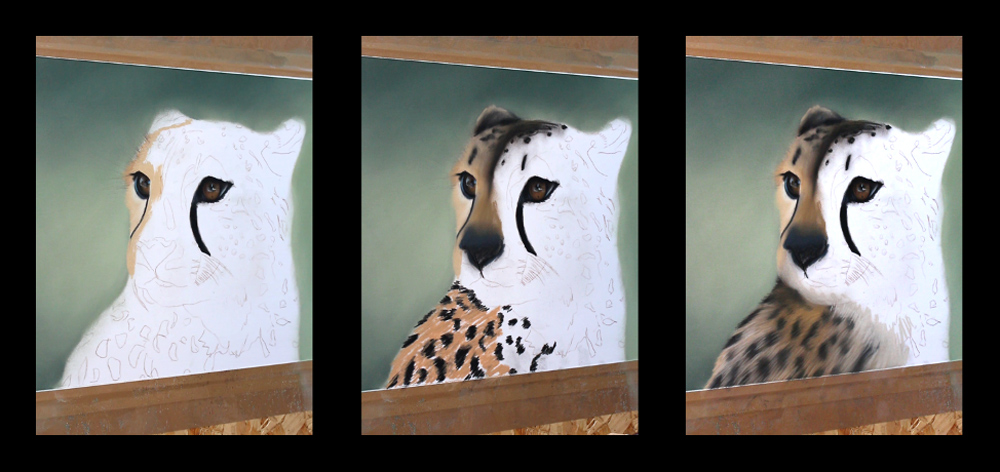
This first layer of pastel can either be laid down all over the paper straight away if you want to or just in one area at a time. I personally like to work on one area at a time as I find it easier to control and I am less likely to overlook areas, but there is no right or wrong way to do this. Underpainting gives you all the room in the world to make mistakes because a large majority of it will be fairly hidden later on!
So why underpaint at all if it’s going to get covered up? Underpainting is what works for me as a wildlife artist because my pieces are comprised of several layers to make the subject seem real. The first pastel layer is a simplified version of your finished painting. I would personally really struggle to build any kind of realistic fur texture, without at least a guide underneath, because real animals have more than one layer of hair! I am more likely to achieve an illusion of real fur if I took the tone of the coat into account and not just solely focusing on the colour of the fur.
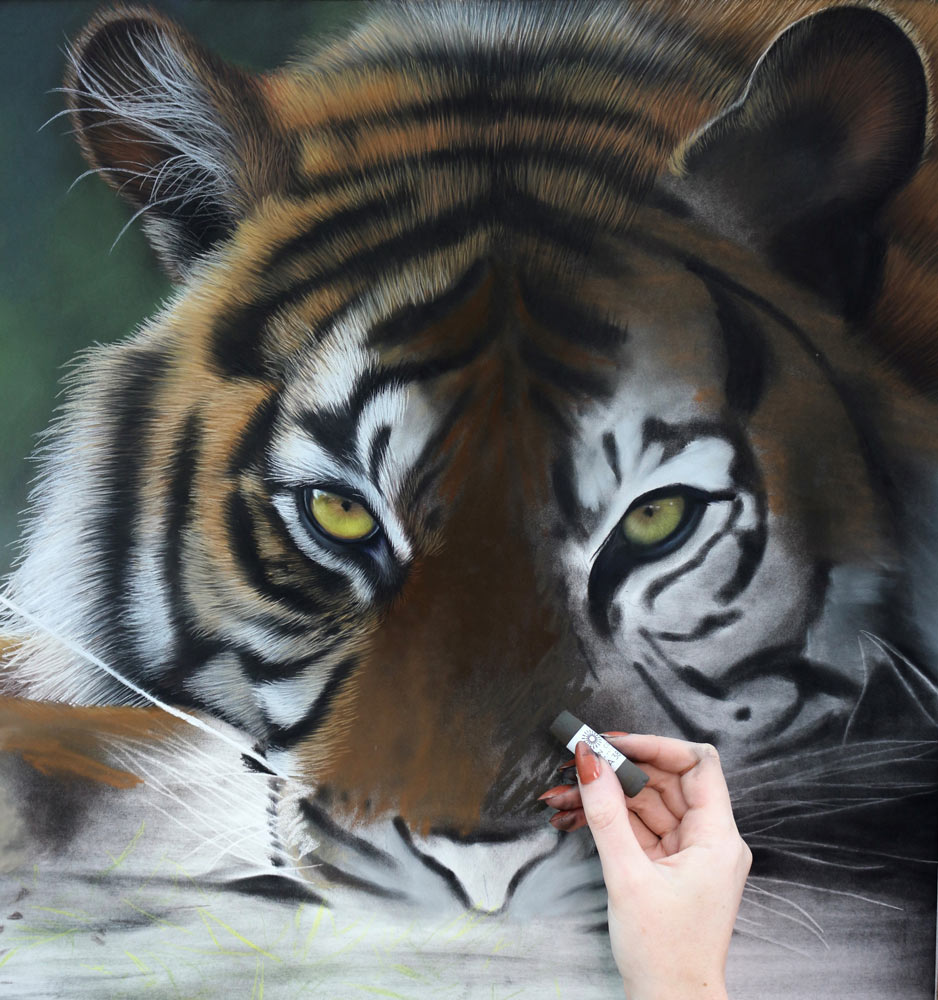
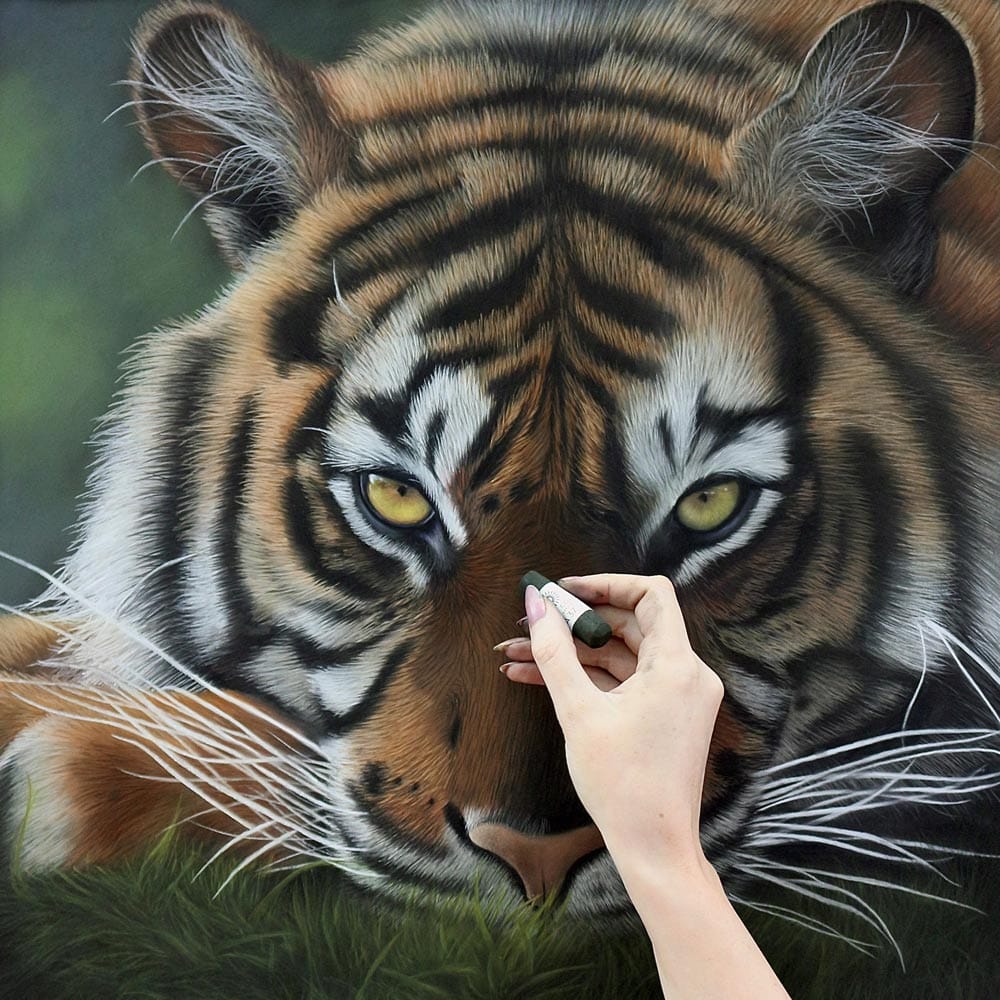
If you are worried about over-layering your artwork, I would suggest working on a paper or board that is specifically designed with pastel artists in mind. A decent pastel paper or pastelmat, will help the pastel adhere to the paper so that there is no need for a fixative, and allows you to keep building up your piece layer by layer. (Something that is archival grade and is acid-free is a great place to start!)
If you feel like you need to keep adding more just to get a strong colour, then the pastel you are using is probably not quite pigmented enough. I always recommend Unison Colour pastels as you only need one stroke across the paper to get the desired colour immediately. Because of this pigmentation, they are perfect for underpainting as you need less layers. The more layers that you add, the more you risk not being able to get into those finer details towards the end because it becomes thick. If you make a pastel underpainting very thick, it will cover the tooth of the paper and be too dense to apply any lighter colour on top without it becoming muddy. You need to keep in mind that underpainting is going ‘under’ your painting so treat it as only a base layer to build upon gradually. Don’t get invested in the finer details too early! I learnt this the hard way and found myself starting all over again when this happened to me.
So you now know to have as few layers as possible when it comes to building the base, but what if you don’t have the exact colour you need? The texture of Unison pastels lends itself well to blending, so creating the desired colour should be relatively simple as long as you can judge which colours you need to combine. Starting out with Unison’s colour chart on the side, or one of your own making, may give you a good guide to the shade and lustre of each pastel. Apply your chosen colours, one on top of the other and blend with either your finger or a pastel tool, such as a sponge, to mix it up. This will also help when deciding which colours to blend. If using fingers, be careful not to over-blend as your fingers have oils that can break pastel down over time.
That being said… wash your hands! Often. There have been too many times where I have forgotten that I had been blending two browns together and then tried to blend some light tones which resulted in a dirty muddy mess. I’m notorious for not following my own advice when it comes to this as I get so stuck into my work that I don’t want to waste time walking over to the sink. Underpainting is very messy and that’s okay!
As always, it’s important to experiment in order to find out which techniques fit your style. Underpainting isn’t for everyone however, if your goal is to produce realistic looking colours and a three-dimensional subject with a believable light source, I wouldn’t recommend skipping it!
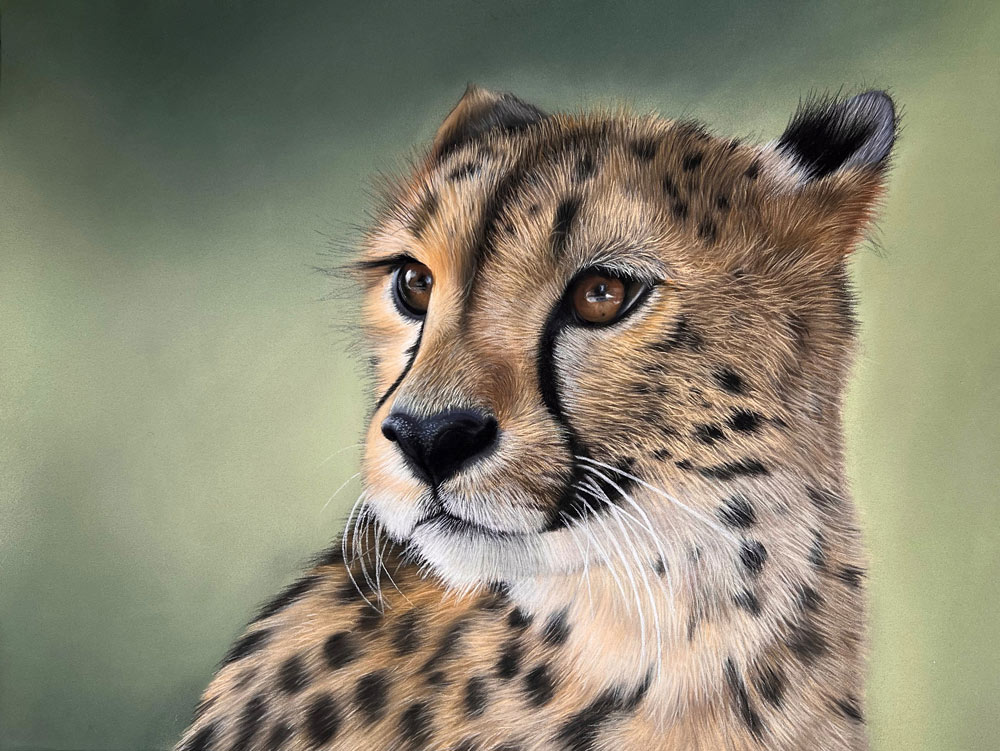
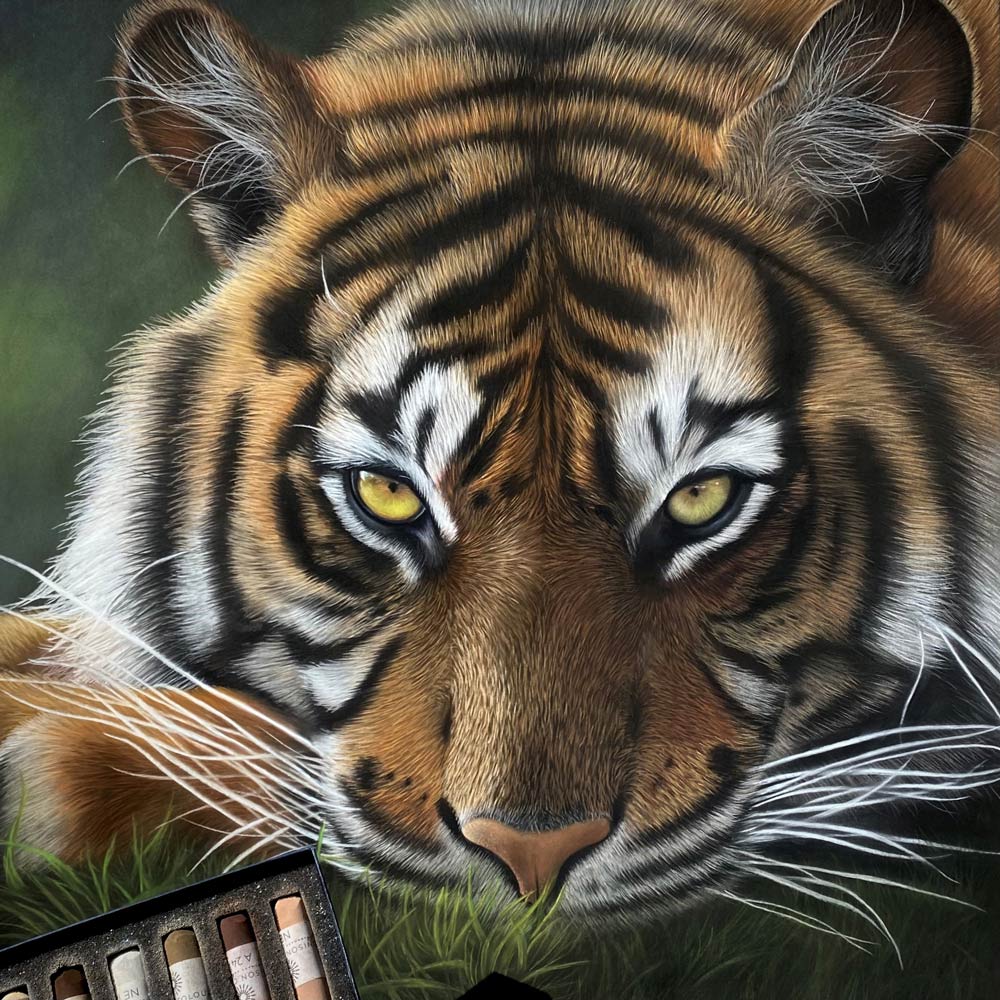
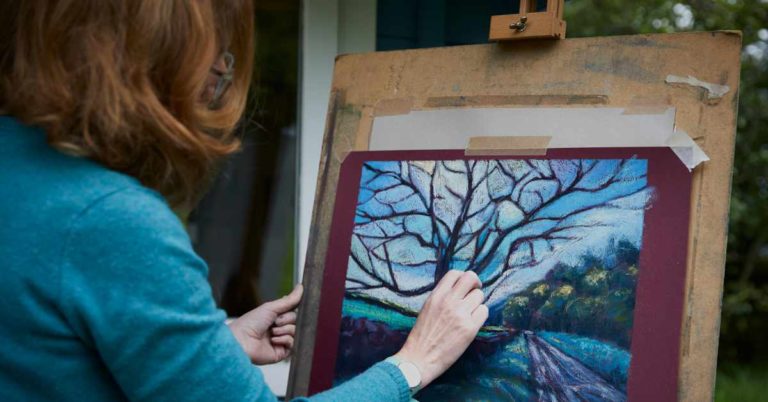
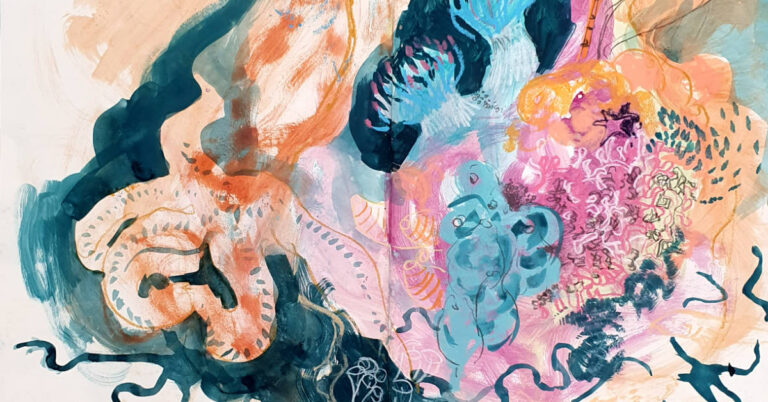
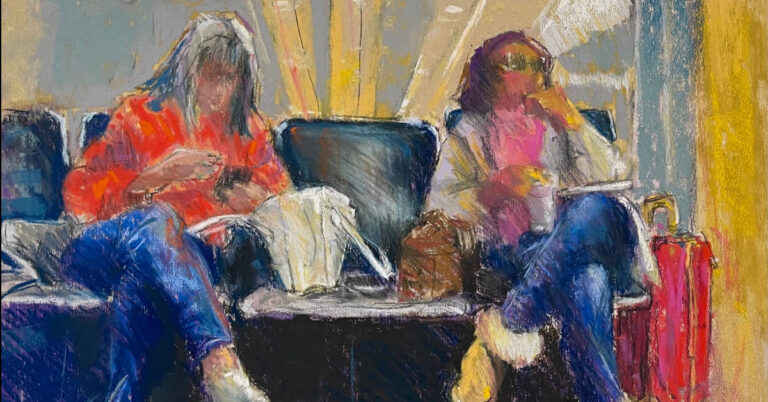
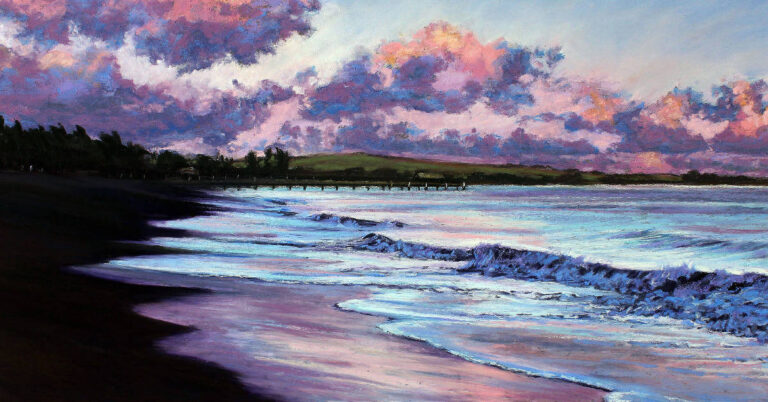
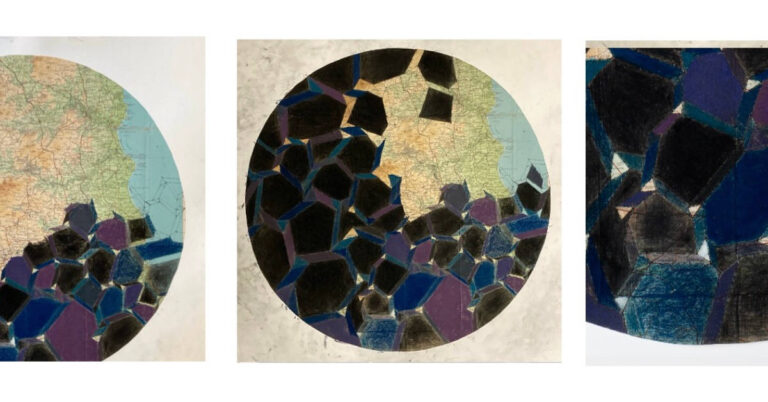
7 Responses
Do you do a dry or a wet underpainting?
Your explanation of how you develop your pastel is brilliant I am most impressed by your
Art work You are an extremely talented artist and will achieve great success
Do you use alcohol or water on the under layer? Do you do human skin? And if not, do you know where I would get guidance? Your work is stunning.
Beautiful work!!! How are you getting the fine hair detail with such fat pastels? Are you using pastel pencils also and if so what brand? Thanks!
Lovely work Emily! Well said and good advice on underpainting! There are so many ways to do it also, as an alcohol wash and using other mediums, but I like to keep to pastels.
I have a helpful tip for your hand washing dilemma, baby wipes! I use the brand “Huggies” a one time use pre moistened tissue. They can be remoustened and really get the pigment off your fingers. I save the used ones for oil painting clean up !
Paint on my friend!
Helen
Brilliant advice! 🙂
I am new to pastel painting… all the tips on underpainting really does work. I haven’t used Unison pastels yet, but plan on adding them to my pencils and pan pastels.